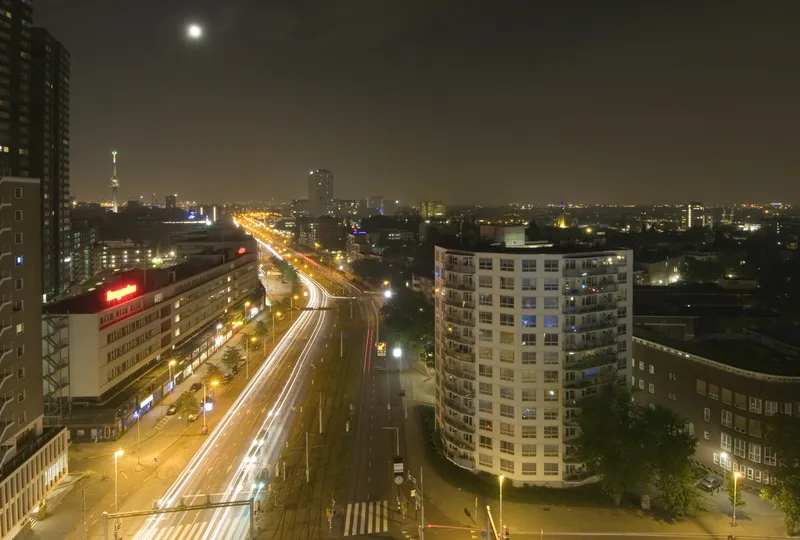Researchers at the
According to Josef Jiru, the project manager, “This system is premised upon on a WLAN specifically developed for vehicles in combination with GPS. The vehicle’s position and sensor data on speed, acceleration or sliding can be reported to wireless communication roadside units (RSUs).”
In exchange, the RSUs give vehicles three types of information – standardized messages that every car transmits to other cars and the RSUs up to ten times a second; event-based information such as notifications of accidents; and application information, for instance on traffic-light sequences that vehicles can exchange with one another, along with traffic information generally.









